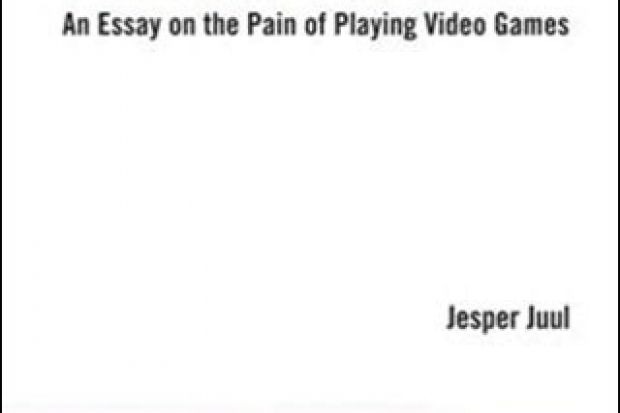Why do we play games when we know they make us unhappy? Video games in particular, that is, but games and sport in general, too. Analysis of video games has been an integral part of the theorising of the creative industries since the late 1990s when the term was introduced into more general historical debates about creative arts and cultural industries. They are always on the list of creative industries to be “mapped” when audits of culture are called for by government or local authorities. Indeed, some cities depend on them for their image of creativity.
But in this short book, which is part of the publisher’s Playful Thinking series and contains many lovingly presented examples of video games in black and white, the creative industries’ perspective is eschewed in favour of a discourse on play, games and Johan Huizinga, the Dutch play theorist. There is a rich tradition of literature in sport and leisure studies exploring play, and indeed the notion of gaming, but this book hardly scratches its surface. This is a pity, because much of that particular literature pre-dates the invention of video games as popular culture. There is considerable conflict today about whether video games are “art”, and galleries promoting this notion have been heavily criticised by traditionalists and conservatives. Jesper Juul is definitely on the side of the modernisers and progressives, and explores video gaming and play in order to probe further what he calls the “art of failure”.
Video games’ deep connections to militarism and to developments in military technology find no resonance here
The frame of that notion, which pervades Juul’s book, incorporates the participants in games studies and also fans of games, whatever the sport. Fans grimace, scream and shout in frustration just as players do - they “fail” in fandom off the field just as players do on it. All are subjected to pain. Spectators and players become mixed up in this confusion. In Juul’s analysis of myriad video games, there are examples that focus on sport itself - Super Real Tennis and Track and Field, for instance. He also has a number of interesting things to say, in passing, about the way games and sport, especially professional sports industries, contribute to the development of the art form of “failure”. The pain and pleasure of gaming become two sides of the same coin in Juul’s own self-confessed obsessive fandom.
The question is whether the idea of the art of failure is substantial enough to hang a short book on. I am not sure that it is. Also, once that route for analysis has been started, the controversial parts of video gaming, and indeed video games as an industry, become more or less invisible: for example, contemporary video games’ deep connections to militarism and to developments in military technology find no resonance here. Nor does the issue of the reproduction of masculinities - and aggressive, violent, misogynist masculinity at that. Juul chooses the “lenses” of philosophy, psychology, game design and fiction, combined with his own experience as a game player, to explore the pain of playing video games and the art of failure. Despite the artful idea of “playing” with the art of failure, which comes through strongly here, the mélange that Juul offers us is no substitute for more established, and more structured, analysis of video games from the cultural studies or sociological perspective.
The Art of Failure: An Essay on the Pain of Playing Video Games
By Jesper Juul
MIT Press, 168pp, £13.95
ISBN 9780262019057
Published 5 April 2013
Register to continue
Why register?
- Registration is free and only takes a moment
- Once registered, you can read 3 articles a month
- Sign up for our newsletter
Subscribe
Or subscribe for unlimited access to:
- Unlimited access to news, views, insights & reviews
- Digital editions
- Digital access to THE’s university and college rankings analysis
Already registered or a current subscriber?




